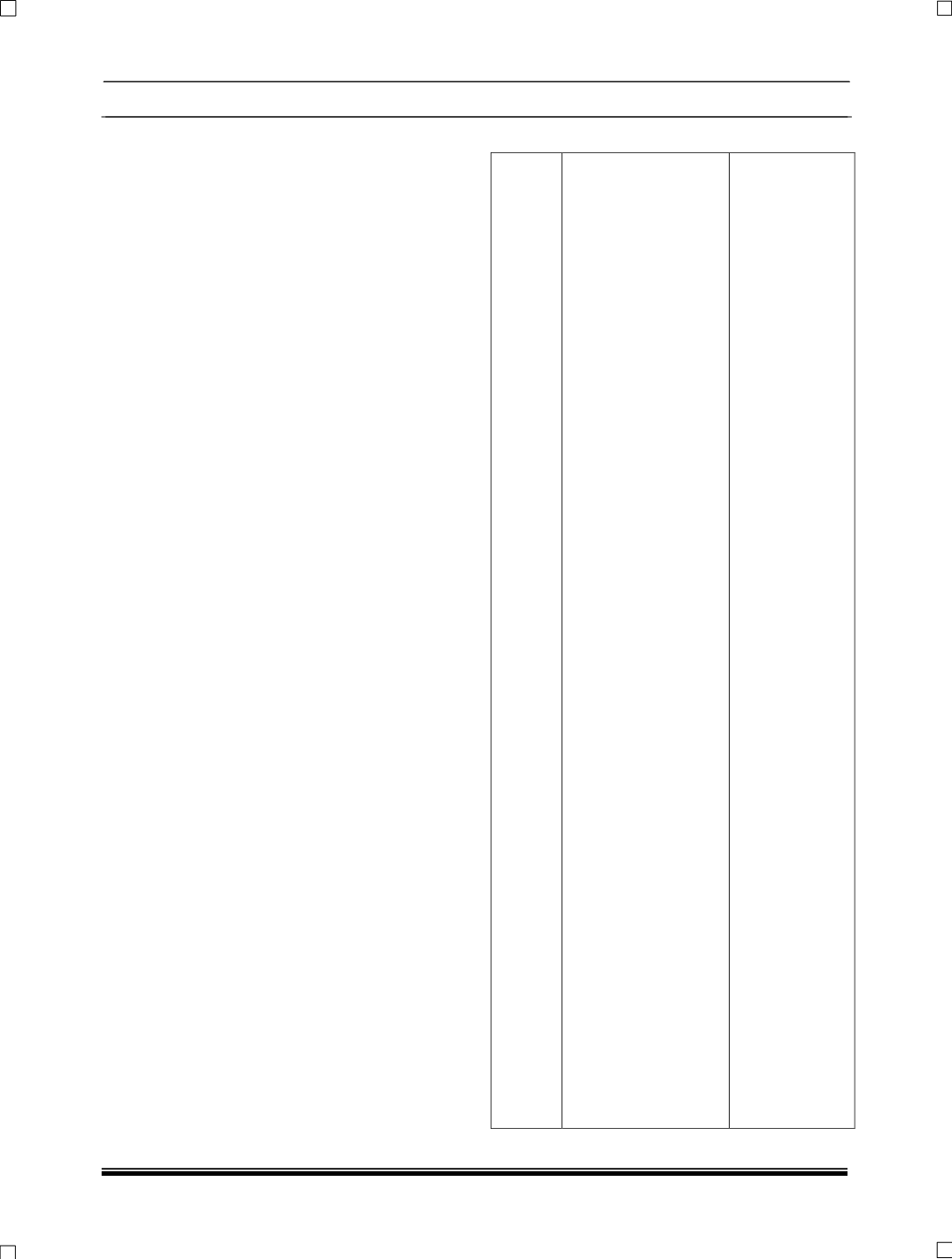
AIR CONDITIONING
4
11.3 DIAGNOSIS
DIAGNOSIS TIPS FOR AIR CONDITIONING
The most basic and important element of effective
trouble shooting is safety
The basic steps are:
1. Switch off the engine before you open the
bonnet while looking for fault identification.
2. Use gloves and safety glasses when handling
refrigerants and compressor oil.
3. Keep our environment safe by practicing
proper recovery, evacuation and charging
procedures.
4. Never use oxygen for pressure testing a
system. It may explode in presence of oil.
Instead use Nitrogen from a cylinder equipped
with proper pressure regulator.
Many times the problems overlap. For example, a
malfunctioning of relay or contact may make
compressor cycle on / off too frequently and
damage compressor
Although the problem is electrical, it results into
mechanical failure.
Proceed in a logical manner to rectify the defect.
Ensure following minimum equipment are
available at service point.
1. Safety equipment ( Gloves, Glasses )
2. Manifold gauges
3. Vacuum pump
4. Contact thermometer digital
5. Leak detection equipment
6. Weighing scale
7. Refrigerant recovery unit
8. Recovery cylinder
9. Sealed lubricant container
10. Container for recovered lubricant
11. Refrigerant (R134a) in sufficient quantity and
of proper quality
12. Multimeter
Procedure
STEP 1 - Collect as much information from
customers possible. It could give vital
clues.
STEP 2 - Conduct preliminary checks - engine off
SR NO
a
b
c
d
e
f
g
h
i
j
k
l
m
n
o
PROBLEM
Dirty condenser /
Radiator coil / fins
Dashboard
grill vanes operation
Loose belts/belt
noise when AC on
Damaged-loose
inter
connecting
piping
Idler pulley loose
Oil / Dirt patches
oil Refrigerant leak
Indications burn out
hose Wiring
Electric harness
connection loose
loose Condenser /
Radiator / EBA /
Clutch / Pressure
witch
Control Cables
Loose / stuck
All AC fuses
Radiator fan
rotation direction
Compressor clutch
working with AC
ON / OFF button
Blower Fan operation
Compressor ground
to be checked
Check FR/RECIRC
push button working
ok
SOLUTION
Clean
Repair/Replace
Adjust
belt
tension
Replace
Align / tighten
Locate
and
Replace joints
indicating
Replace
Refix
Repair/Replace
Check/Replace
Correct
Check
Check
IF loose tighten
RECIRC noise
little high Fresh
noise is more


